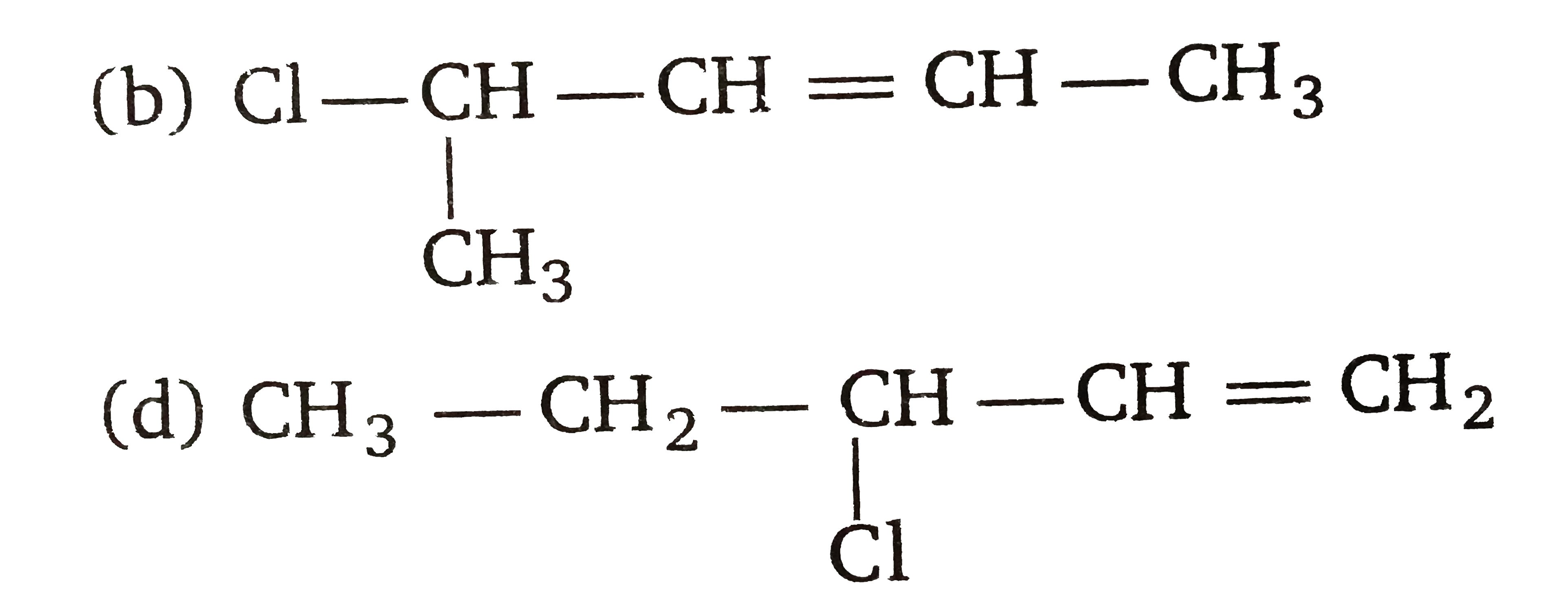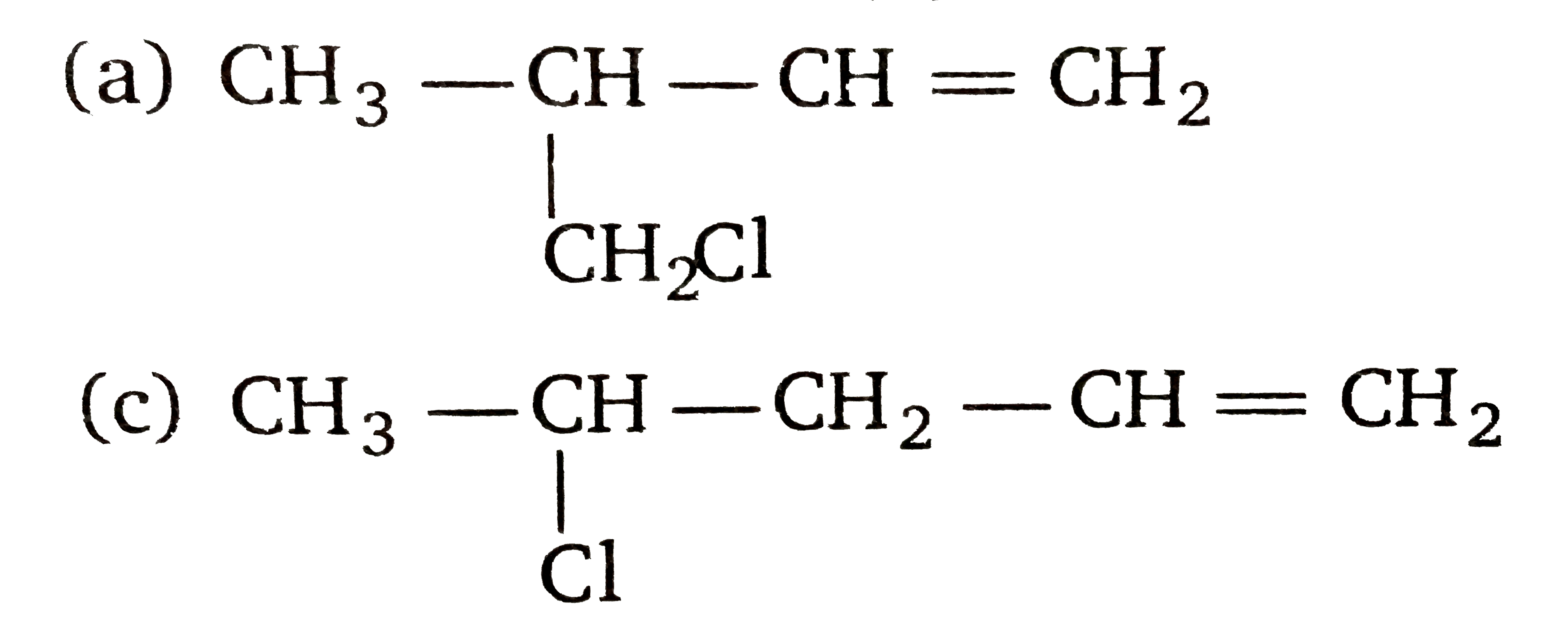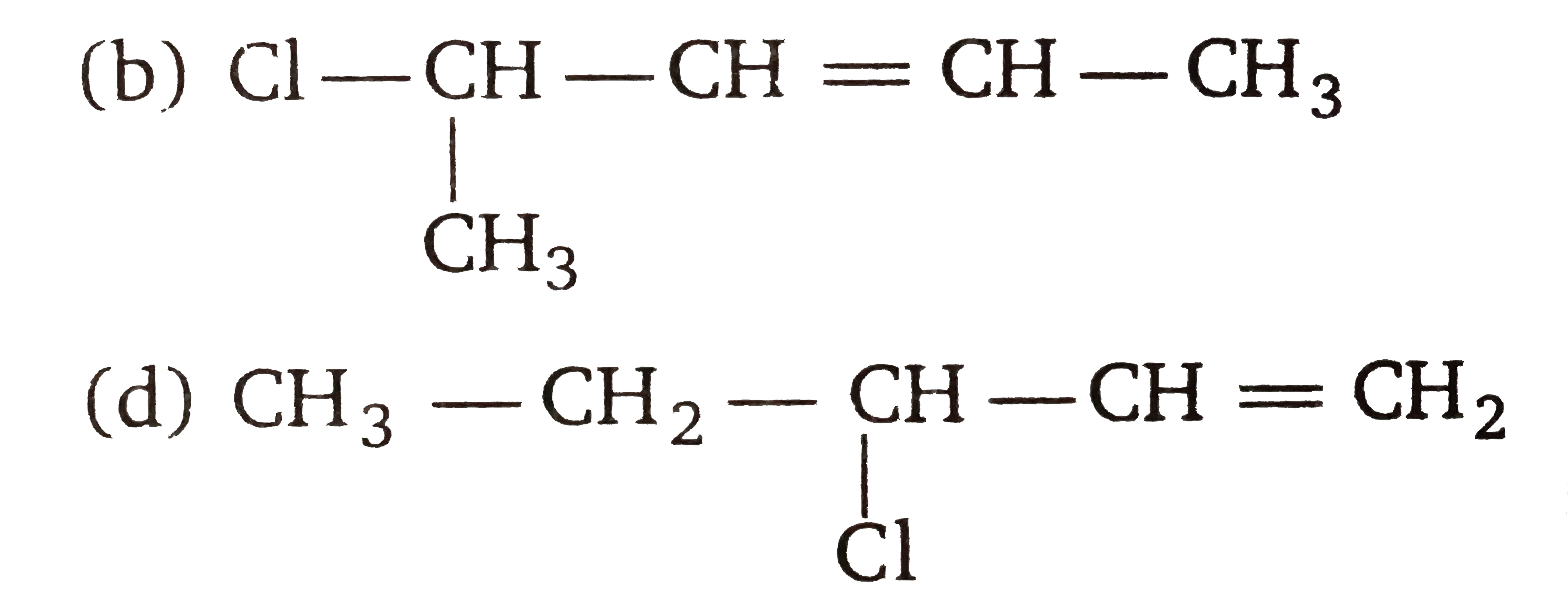One mole of As2O5 on treatment with furning hydrochloric acid gives how much mole of Cl2?
The correct Answer is:2
Topper's Solved these Questions
- CHEMICAL ENERGETICS BOOK - FIITJEECHAPTER - CHEMICAL ENERGETICS EXERCISE - NUMERICAL BASED QUESTIONS
2 Videos
- CHEMICAL ENERGETICS BOOK - FIITJEECHAPTER - CHEMICAL ENERGETICS EXERCISE - NUMERICAL BASED PROBLEMS
12 Videos
- CARBOXYLIC ACIDS AND ITS DERIVATIVESBOOK - FIITJEECHAPTER - CARBOXYLIC ACIDS AND ITS DERIVATIVESEXERCISE - SINGLE INTEGER ANSWER TYPE QUESTIONS
1 Videos
- CHEMICAL EQUILIBRIUMBOOK - FIITJEECHAPTER - CHEMICAL EQUILIBRIUMEXERCISE - MATCHING TYPE QUESTIONS
3 Videos
Similar Questions
Knowledge Check
6 mole of FeC2O4 on treatment with 2 mole of K2Cr2O7 in acidic medium evolves x litre of CO2 gas at STP. The value of x would be:
A22.4IB44.8IC67.2ID179.2IOptically active isomer (A) of (C5H9Cl)on treatment with one mole of H2 gives an optically inactive compound (B) compound (A) will be :
ACH3−CH∣CH2Cl−CH=CH2BCl−CH∣CH3=CH−CH3CCH3−CH∣Cl−CH2−CH=CH2DCH3−CH2−CH∣Cl−CH=CH2Optically active isomer (A) of (C5H9Cl) on treatment with one mole of H2 gives an optically inactive compound (B) compound (A) will be :
A B
B C
C D
D
Zinc and hydrochloric acid react according to the reaction:
Zn(s)+2HCl(aq.)→ZnCl2(aq.)+H2(g)
If 0.30 mole of Zn are added to hydrochloric acid containing 0.52 mole HCl, how many moles of H2 are produced?
View SolutionZinc and hydrochloric acid react according to the reaction :
Zn(s)+2HCl(aq.)→ZnCl2(aq.)+H2(g)
If 0.30 mole of Zn are added to hydrochloric acid containing 0.52 mole HCl, how many moles of H2 are produced ?
View SolutionZinc and hydrochloric acid react according to the reaction:
Zn(s)+2HCl(aq.)→ZnCl2(aq.)+H2(g)
If 0.30 mole of Zn are added to hydrochloric acid containing 0.52 mole HCl, how many moles of H2 are produced?
View SolutionThe number of moles of Hydrochloric acid in 365 g is
View SolutionOptically active isomer (A) of (C5H9Cl) on treatment with one mole of H2 gives an optically inactive compound (B) compound (A) will be :
View Solution
